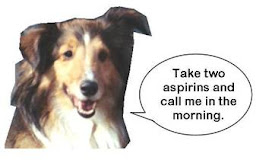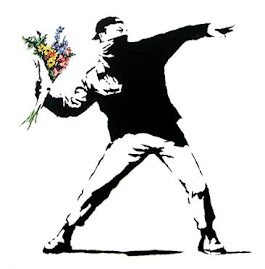In his
book, Congregational Leadership in Anxious
Times,
Peter Steinke talks about the effect of anxiety on our thinking process. He discusses two parts of the brain that
especially are involved. There is the
amygdala, in the lower part of the brain.
When we perceive danger, it kicks into action. It doesn’t take the time to weigh alternatives;
it demands quick response.
Steinke
also looks at the left prefrontal cortex, which is most fully developed in
humans. He calls it “holy tissue.” This is the part of the brain that can
envision the sacred, the highest level of consciousness. Unfortunately, the amygdala, for a number of
reasons, can overwhelm the left prefrontal cortex. Anxiety can hinder our ability to reason. He has this reflection:
“Early in
my consulting work, I made the mistake of thinking that if I presented issues
to a congregation clearly, the people would respond appropriately. What I discovered is that not all people in a
given situation will find clarity comforting.
Even if the information is quite clear, if it runs contrary to someone’s
viewpoint, they will contest it. Their
own emotionality overrides their thinking capacity. Their emotionality limits the thinking brain’s
capacity to focus on the facts. The
survival brain will protect us not only from bodily harm but also to challenges
to our world of insight and meaning.” (63)
I suppose
we all have had our moments when we could say, “I don’t want to hear that!”
(The image is from www.eddycrosby.com/2010/01/18/emotions)










